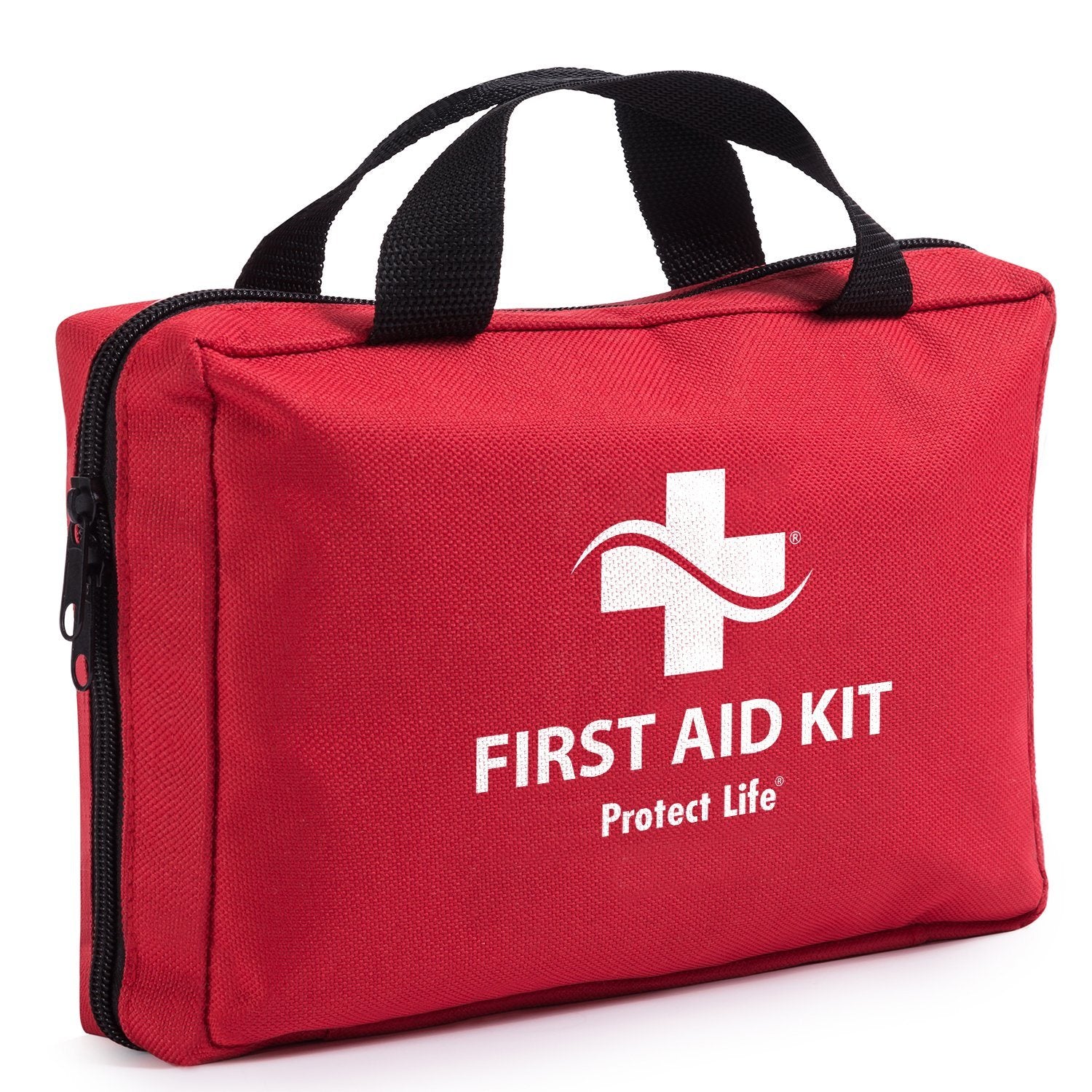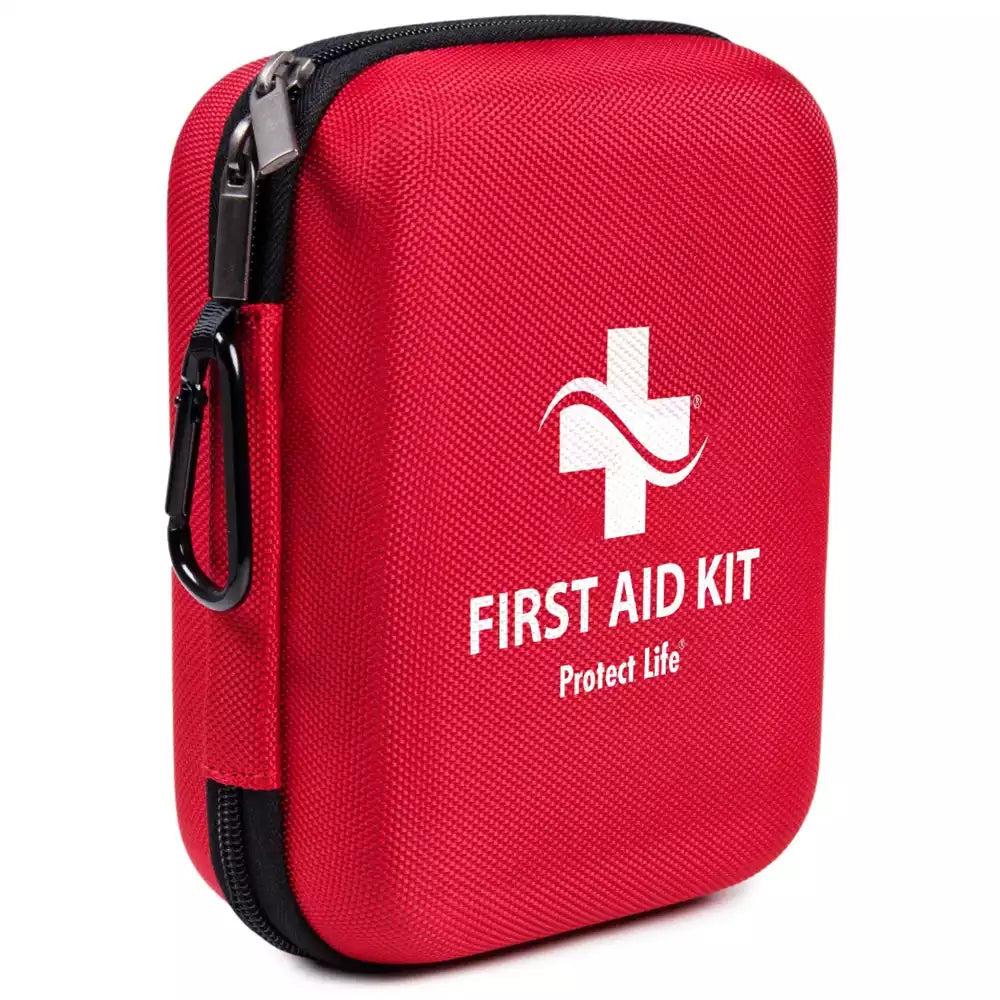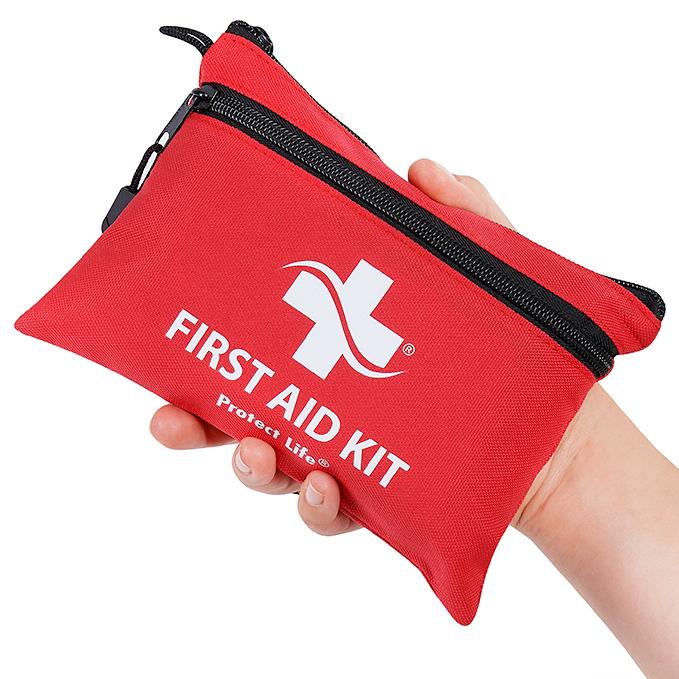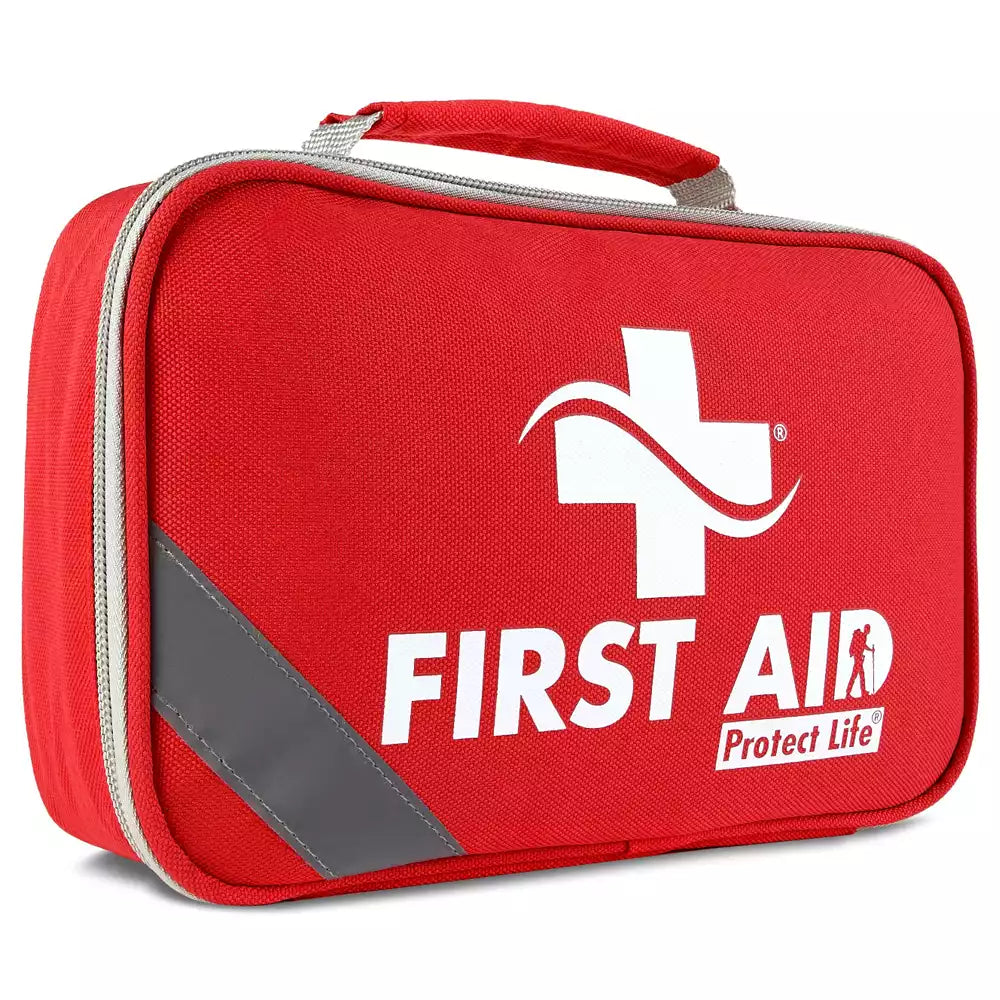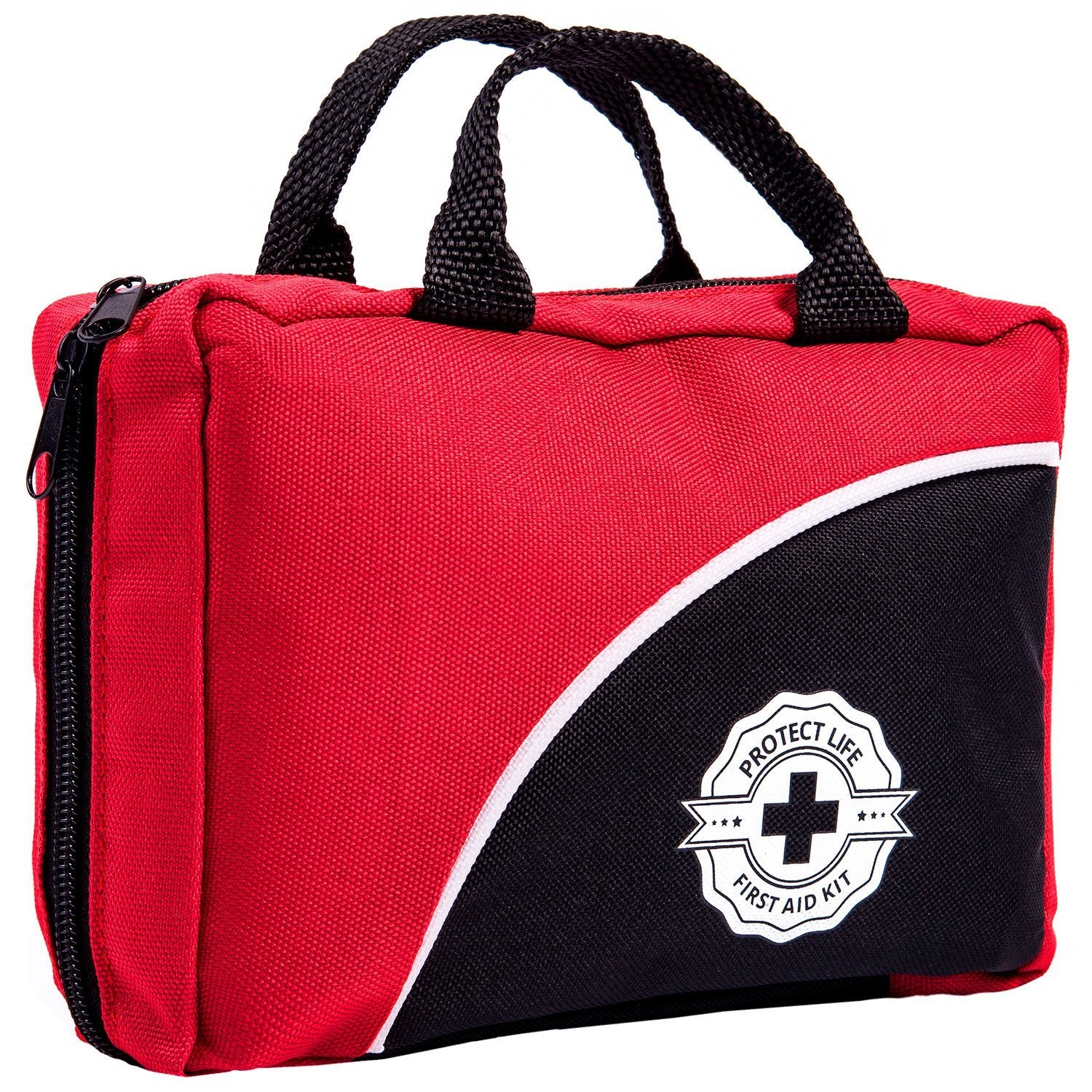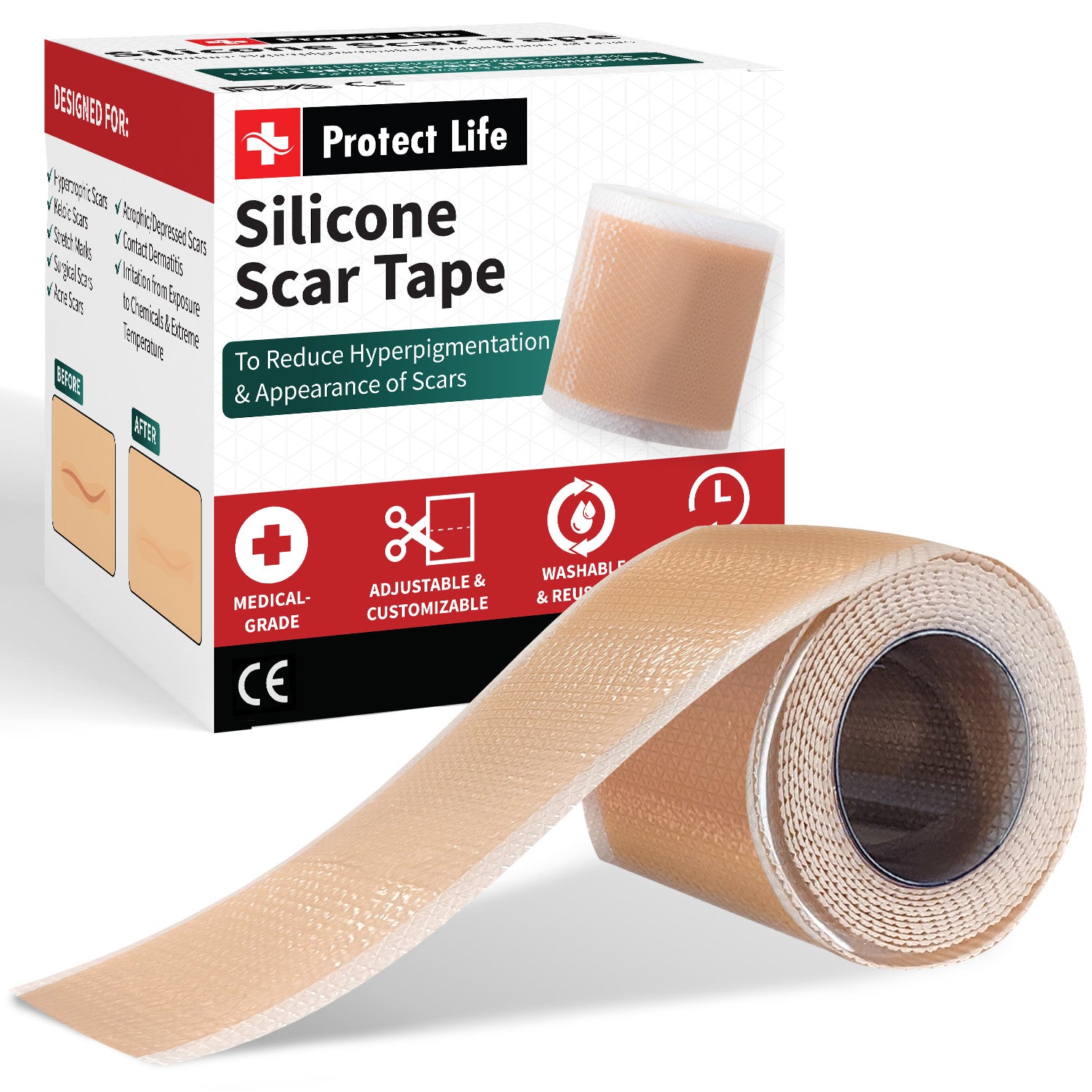There are different types of face masks available today, from homemade cloth masks to N95 respirator masks made in the USA or in China. While the latter is not resistant to oil, it can effectively filter up to 95% of all airborne particles, including dust, smoke, and viruses. Wearing an N95 mask has been one of the safety measures established for preventing the transmission of the COVID-19 virus.
It’s the type of mask that’s recommended for people working in high-risk environments, such as hospitals and other healthcare facilities. However, even months after the onset of the pandemic, there’s still a shortage in the supply of N95 face masks. Healthcare workers are resorting to reusing their PPEs for weeks at a time, and this makes them vulnerable to the virus.
Here, we’ll discuss the scarcity of N95 masks in the country and why it is difficult to mass produce these life-saving respirator masks.
N95 masks vs. surgical masks made in the USA

In light of the supply shortage of N95s, healthcare workers have turned to surgical masks. While surgical masks also offer protection, they are designed to prevent the wearer infecting other people through large droplets. They are not, however, highly effective in filtering smaller particles or protecting users from viruses.
N95 respirator masks made in the USA, which are NIOSH approved, are more efficient in filtering airborne particles.These are designed to fit snugly around your nose and mouth area, creating a tight seal that helps prevents bacteria, germs, or viruses from going through the barrier.
Why is there a Shortage of N95 Masks?
Aside from the lack of inter-industry cooperation, the laws currently being enforced favor the production of other medical equipment over the production of PPEs like N95 dust masks made in the USA. And while there may be a boost in production, there’s still fear that the current supply from manufacturers may still not be enough to meet the growing demand, especially as the colder seasons approach.
There are a number of factors that contribute to the shortage of N95 masks:
The government has yet to utilize the Defense Production Act on N95 face masks, allowing manufacturers to increase prices and withholding funding support from potential new manufacturers
Hospitals have yet to stockpile on PPEs, only enlisting supply companies’ services on an as-needed basis. This is due to the belief that there’s a national stockpile that has not been replenished since the onset of the H1NI1 epidemic in 2009, which entailed the use of 85 million N95 masks.
Although the Department of Health and Human Services funded a machine that can manufacture up to 1.5 million N95s daily and was completed in 2018, the government did not purchase it.
The HHS didn’t start ordering N95 masks until March 21. By then, 8,000 COVID-19 cases have already been reported.
Manufacturers are apprehensive when it comes to investing too much in manufacturing N95 respirator masks, given the lack of long-term guarantees from the government on the continuous purchase of supply.
Companies that manufacture N95s decline to share the process of making the masks, citing the process as protected by intellectual property.
Challenges in Manufacturing
Aside from the abovementioned factors, one of the main reasons for the shortage of N95 masks made in the USA is the high demand for its inner filter. This filter is what essentially sets N95 respirator masks apart from homemade cloth masks.
The filter is made from a process that’s known as melt-blown extrusion. This process creates a mass of microfibers that are 0.02 the size of human hair. These fibers are made from polypropylene and are blown together to create a labyrinth that makes it difficult for particles to pass through. They also have
microscopic holes that allow air to flow freely in and out, allowing better breathability.
Aside from creating a barrier, these microfibers are imbued with an electrostatic charge that works by attracting and trapping particles. When a large particles passes through this filter, they bump against them and would then get trapped.
While they may be able to weave through the filter’s microscopic holes, smaller particles tend to move in a variety of directions, increasing the likelihood of their being trapped. Medium-sized particles, although the most difficult to filter, are not immune to the electrostatic charge on the fibers.
Apart from the challenges in manufacturing, there are also challenges in implementing a national strategy, according to Larry Hall, the former Defense Production Act (DPA) director. The government, through the DPA, invested $296.9 million to improve the supply chain for the N95s and their filters.However, this is still a considerably lower amount compared to what the Defense Department spends annually on instruments and uniforms, among others.
Best Practices
With the shortage, the FDA has encouraged healthcare organizations and personnel to undertake conservation strategies designed to augment the supplies and procedures necessary to prevent further infections and to control the spread of the virus.
While different agencies and organizations are working towards meeting the increased demand for N95 respirators, it may be quite some time before these demands are met. In the meantime, here are some of the best practices you can observe, as advised by the Center for Disease Control:
N95 masks can be reused for a limited number of times. The CDC advises N95 users to consult with mask manufacturers to find out the maximum number of uses for an N95 mask. If no guidelines are presented, it is recommended that the respirator mask be used for a maximum of five times.
Avoid touching the inside of the mask. When accidental contact is made, discarding the mask is recommended, along with appropriate hand hygiene.
Perform hand hygiene before and after touching or adjusting the mask.
Immediately discard masks that are damaged or masks that compromise breathability.
Masks that have been contaminated by blood and other secretions from patients should also be discarded.
When possible, use a cleanable face shield to complement the N95 and to minimize that chances of the respirator mask becoming contaminated.
Between uses, respirators should be hung in a designated storage area or in a clean, breathable container. To minimize potential contamination, used N95 masks should not come into contact with other masks.
While the government advises the N95 to be used in healthcare settings, this does not mean that you and your family won’t have access to these respirator masks.
Aside from taking the necessary protective measures like hand hygiene, frequent cleaning, disinfecting of frequently touched surfaces, and limiting social gatherings, wearing a mask is one of the most effective ways to keep you and your family safe from the threat of the COVID-19 virus. Despite the shortage, you can still buy NIOSH-approved N95 masks made in the USA. Learn more about Protect Life N95 masks and find out how these can keep you and your family safe by visiting this link.



